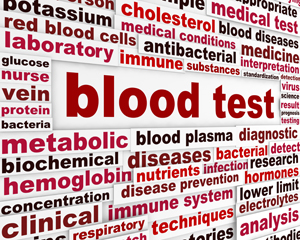Test Talk: Sed rates
Diagnostic value and test requirements for phlebotomists
by Dennis Ernst • August 07, 2020

Sedimentation rates, also known as a sed rate, erythrocyte sedimentation rate (ESR) and Westergren sedimentation rate---is one of the earliest tests developed for clinical diagnosis using blood samples. Although methods have improved dramatically, sed rates are still widely used today to assess inflammation associated with infections, cancers, autoimmune diseases and other conditions. As a non-specific test, it is used as a screen for inflammation that guides physicians in their diagnoses. It reflects an inflammatory response, but does not reveal the cause of inflammation, and can be elevated for reasons other than inflammation.
Conditions that elevate sed rates include rheumatoid arthritis, inflammatory bowel disease, bacteremia, systemic lupus erythematosus, and tumors. However, an elevated sed rate can accompany conditions in which inflammation is not present, such as pregnancy.
Depending on the method used, sed rates are drawn into either EDTA or citrate tubes, and are stable for six hours, although some resources list stability as two hours (WHO).
References
- LabTestsOnline. American Association for Clinical Chemistry. AACC. Accessed 8/5/2020.
- CLSI. Procedures for the Handling and Processing of Blood Specimens for Common Laboratory Tests; Approved Guideline—Fourth Edition. H18-A4. Clinical and Laboratory Standards Institute. Document H18-A4 Wayne, Pennsylvania 2010.
- World Health Organization. Use of Anticoagulants in Diagnostic Laboratory Investigations. WHO. Geneva, Switzerland. 2002.
Related Posts and Information
overall rating: my rating: log in to rate
